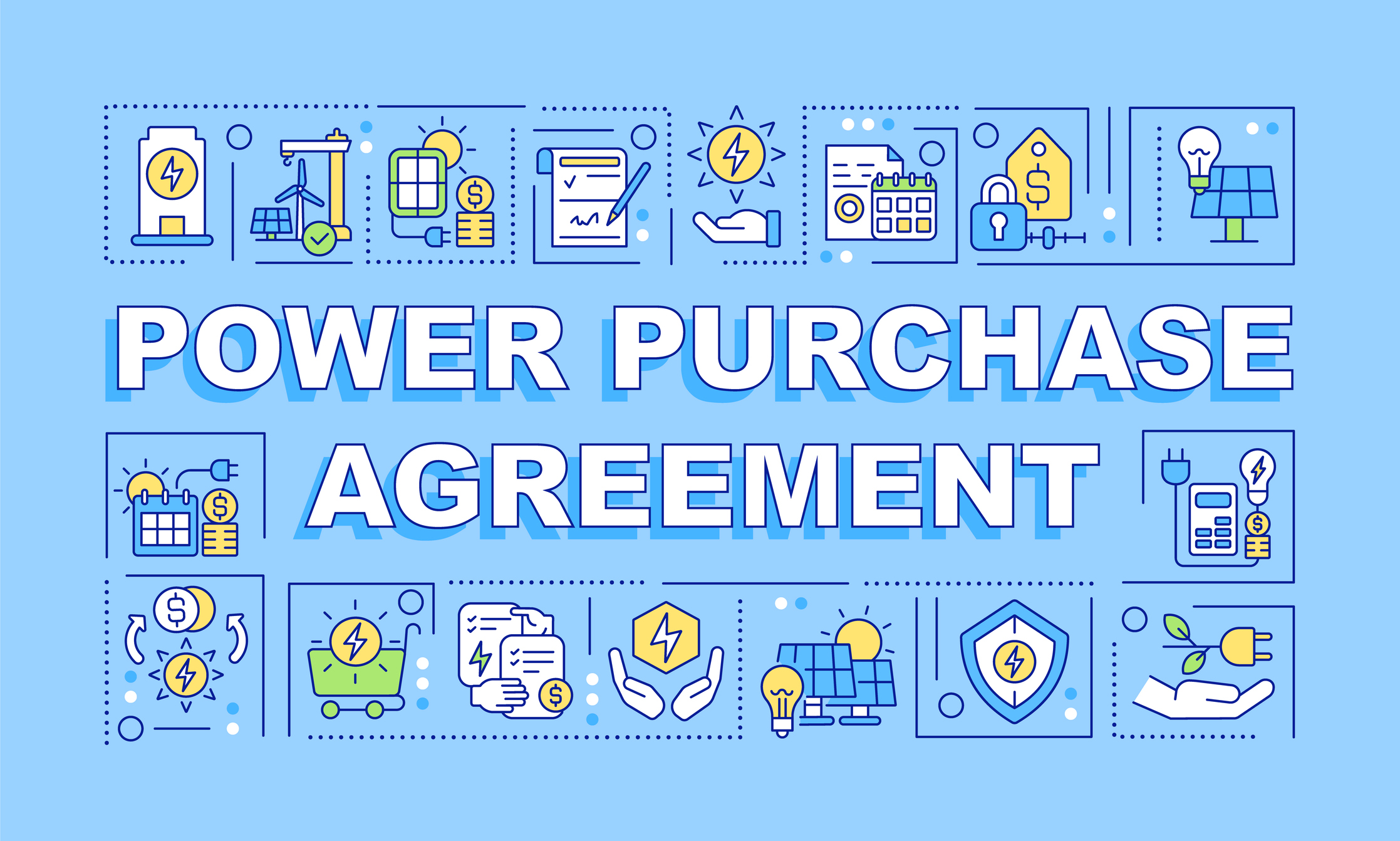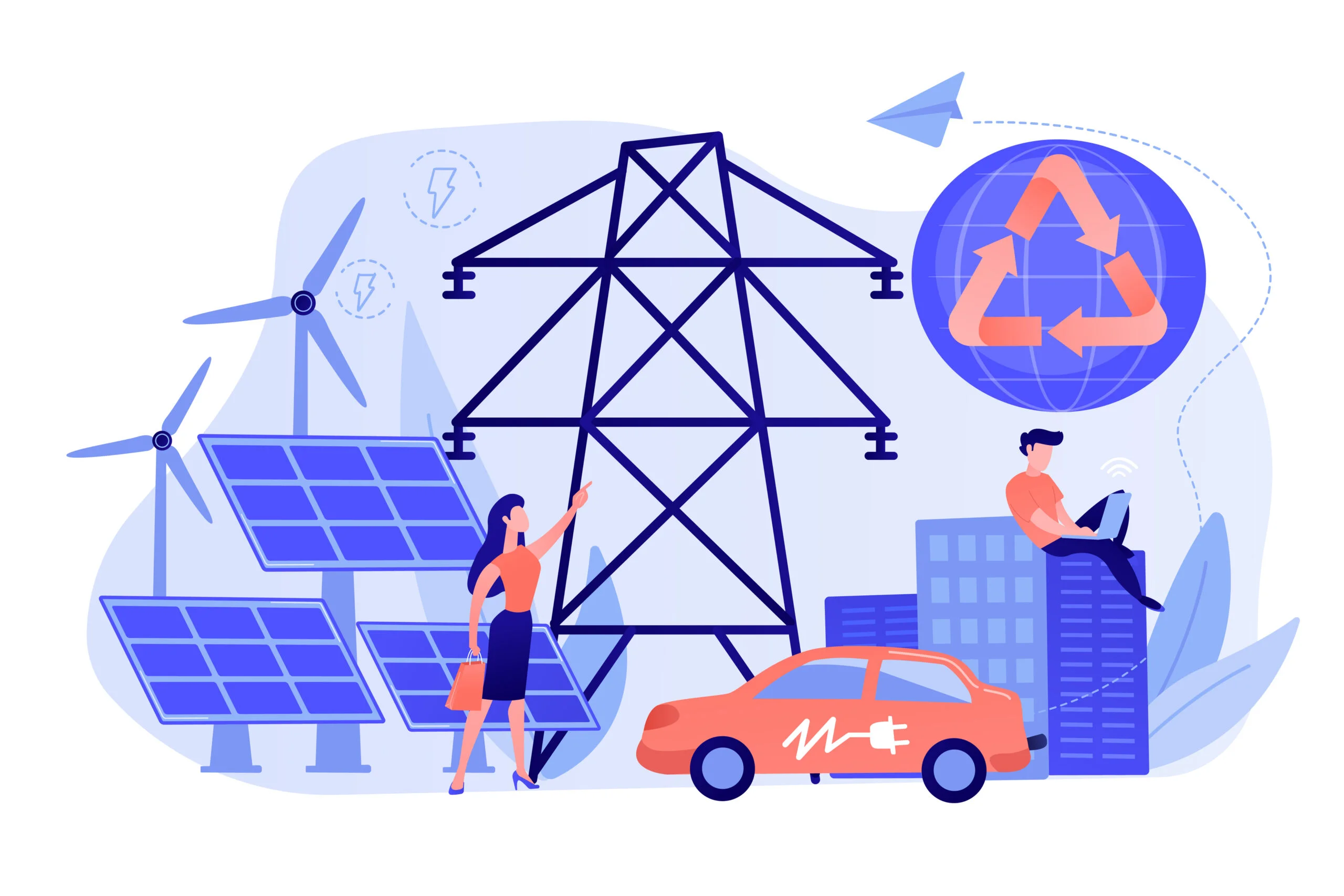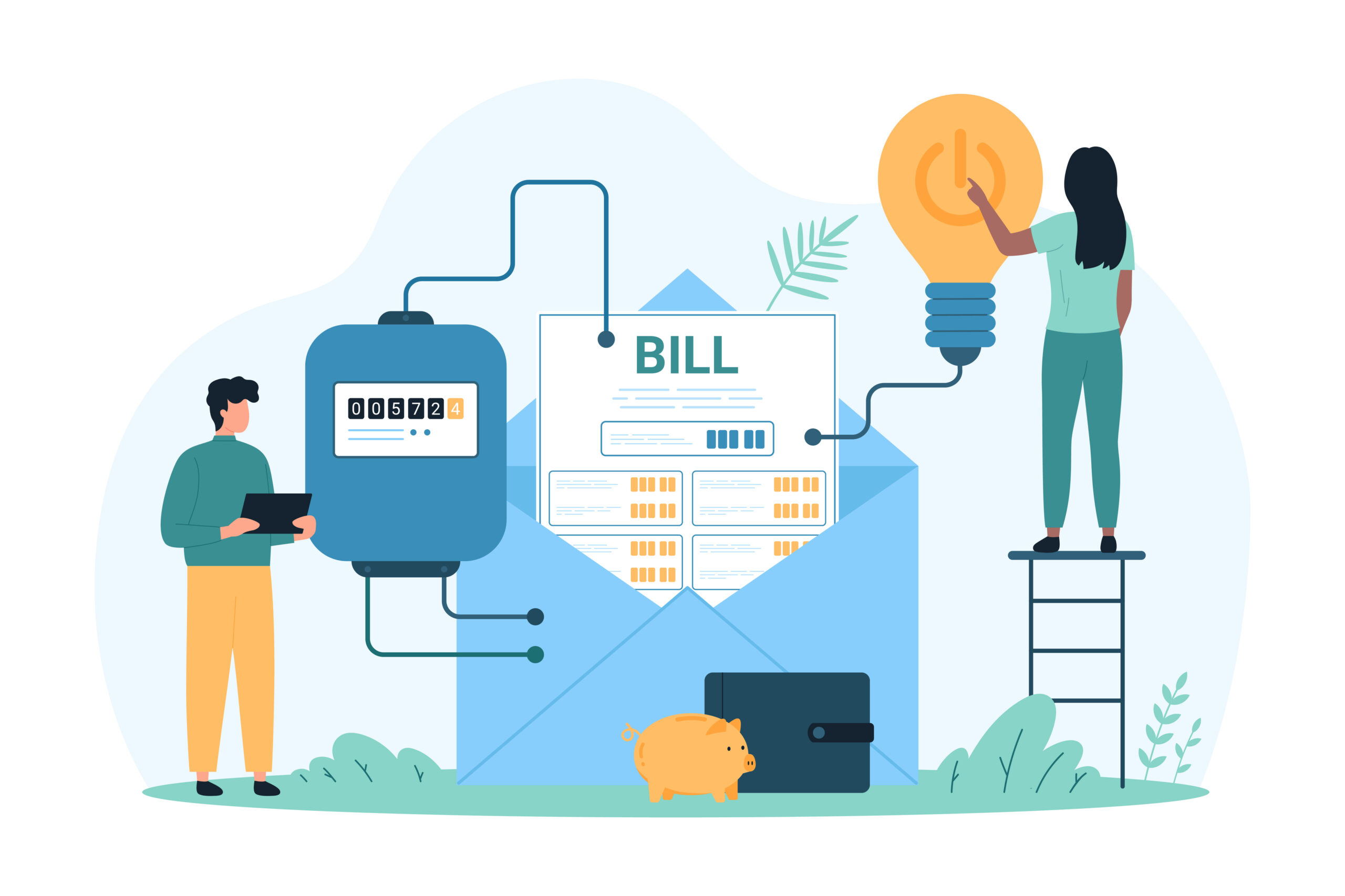According to the U.S. Energy Information Administration, after more than a decade of relatively flat demand, electricity consumption is not only up, but is expected to increase at an average rate of 1.7% per year. These demand increases are driven in part by progressively intensifying extreme weather patterns, supply chain and tariff issues, and the rapid developments and deployments of energy-hungry AI and data centers. In the short term, rising electric demand has led to higher customer bills and greater energy market instability, which has, in turn, caused some to call for deploying zombie power plants or utilizing immature fuel sources. Analysts believe this could lead to a 25% increase in electricity prices by 2030. In the long run, increased demand threatens to drive up costs in power purchase agreements.
For years, PPAs have been a cornerstone of renewable energy procurement, but a perfect storm of market factors is poised to drive these prices higher in the near future. This presents a challenge for utilities, but also a golden opportunity for those who are prepared. Fortunately, virtual power plants provide a solution to rising PPA costs.
What is a Power Purchase Agreement?
A power purchase agreement (PPA) is a contract for electric energy procurement between a customer, typically a utility or government body, and an electric generation and transmission operator. Depending on the framework of the contract, these agreements can last between 5-20 years, during which case energy is procured at a pre-negotiated price. They provide stability and predictable revenue for developers, making it easier to finance and build new projects.
Increased energy demand isn’t just a flash in the pan, however, and will continue to affect energy market prices for years, in turn influencing the cost and efficacy of PPAs. That’s why demand flexibility programs like virtual power plants, demand response, and EV charging strategies can help defray these costs. By leveraging distributed energy resource management systems (DERMS), utilities can aggregate distributed energy resources (DERs) like solar, battery energy storage systems, electric vehicles and EVSE chargers, and smart home devices like thermostats and water heaters to shift load to off-peak hours of usage.
Distributed Energy & PPAs
Not all DERMS are created the same. There are grid DERMS that manage utility-owned DER assets like solar or battery installations, and there are Grid-Edge DERMS that manage the behind-the-meter DER assets found in places like residential, commercial, and industrial properties. As such, behind-the-meter DER assets have historically proven intermittent to utilities as a bankable resource, while utility-owned assets have been long employed by grid operators. This is slowly changing due to market pressures, which are more severe at scale than individually: the market for behind-the-meter DERs will continue to grow much faster than grid-scale DER projects in the short term.
That paradigm is shifting, both due to legislative changes that decrease incentives for renewable energy and impose tariffs on renewable energy sources like solar and battery, and because of new technologies like Topline Demand Control. Topline Demand Control is a novel combination of Grid-Edge DERMS, AI, model predictive control, and forecasting software that optimizes behind-the-meter DERs at the device level to yield a reliable energy outcome every time. This creates a viable path for virtual power plants to help with the rising costs of power purchase agreements, as well as an alternative to high energy market prices during grid demand events.
The Rising Tide: Why PPA Prices Are Going Up
According to the World Economic Forum, power purchasing agreements rose by 35% in 2024, driven largely by purchases from Big Tech, in part to support the increased deployments of AI and data centers. Of course, AI and data centers are only part of the overall increase in demand that’s driving both short-term and long-term energy costs.
Several key trends are pushing PPA prices upwards:
- Supply chain & inflation: The cost of materials for solar panels, wind turbines, and battery storage has increased due to global supply chain disruptions and general inflation. These higher development costs are inevitably passed on to the buyer through higher PPA prices.
- Growing demand: As noted above, the demand for clean energy is soaring, driven by ambitious corporate and government sustainability goals. This high demand, coupled with a project supply that struggles to keep pace, creates upward pricing pressure.
- Policy uncertainty: Shifting policies, tariffs, and potential changes to tax credits can create a risk premium for developers. To hedge against this uncertainty, they often raise PPA prices, and those costs are reflected in the final contract.
- Grid constraints: The existing transmission infrastructure is often not ready to handle the influx of large-scale renewable energy projects, a challenge compounded by a years-long grid interconnection queue. This can lead to delays and increased costs for new projects, which also contributes to higher PPA prices.
These factors suggest that the era of consistently low, flat PPAs may be coming to an end. Utilities that rely heavily on these agreements for their clean energy portfolio will soon be facing higher costs, which can impact their bottom line and, ultimately, their customers’ bills.
The Solution: A Virtual Power Plant (VPP) Strategy
So, what’s a utility to do? Instead of simply absorbing these higher costs, the smart move is to get ahead of the curve with a proactive, innovative solution: virtual power plant (VPP) software.
A virtual power plant is a network of distributed energy resources (DERs) that are aggregated and managed by a distributed energy resource management system (DERMS). This software allows a utility to treat these individual devices as a single, dispatchable resource, much like a traditional power plant.
Here’s how VPP software provides a powerful solution to rising PPA prices:
- DIY peaker plants: During periods of high demand, when wholesale electricity prices (and PPA prices) are at their highest, utilities typically fire up expensive, dirty, “peaker plants.” By contrast, a virtual power plant can act as a clean, cost-effective alternative. By coordinating DERs to reduce demand or even export power back to the grid, a VPP can lower peak load and avoid the need for expensive peaker plant operation or procuring high-priced power on the spot market.
- Reduces reliance on PPAs: As virtual power plants grow in scale, they can provide a significant amount of reliable capacity. This reduces a utility’s need to enter into new, more expensive PPAs to meet their clean energy and capacity requirements. The more a utility can leverage its customers’ existing DERs, the less it has to pay for external generation.
- Maximizes existing investments: Utilities can utilize virtual power plant software—like the aforementioned Topline Demand Control—to optimize the performance of the DERs already on their grid. This allows them to get more value out of customer-owned solar and storage, making them a valuable grid asset rather than a simple load item.
- Increases grid stability & resilience: Virtual power plants not only help with cost management but also make the grid more stable. By distributing power generation and control across thousands of locations, VPPs provide a resilient, decentralized system that is better equipped to handle extreme weather events and other grid disruptions.
Conclusion: Why Rising Power Purchase Agreement Prices Mean Utilities Need a Virtual Power Plant Strategy
The energy market is evolving, and utilities can’t afford to be reactive. The rising cost of power purchase agreements is a clear signal that a new strategy is needed. By embracing virtual power plants, utilities can transform a potential financial challenge into a competitive advantage, securing a more affordable, reliable, and sustainable energy future for themselves and their customers.






